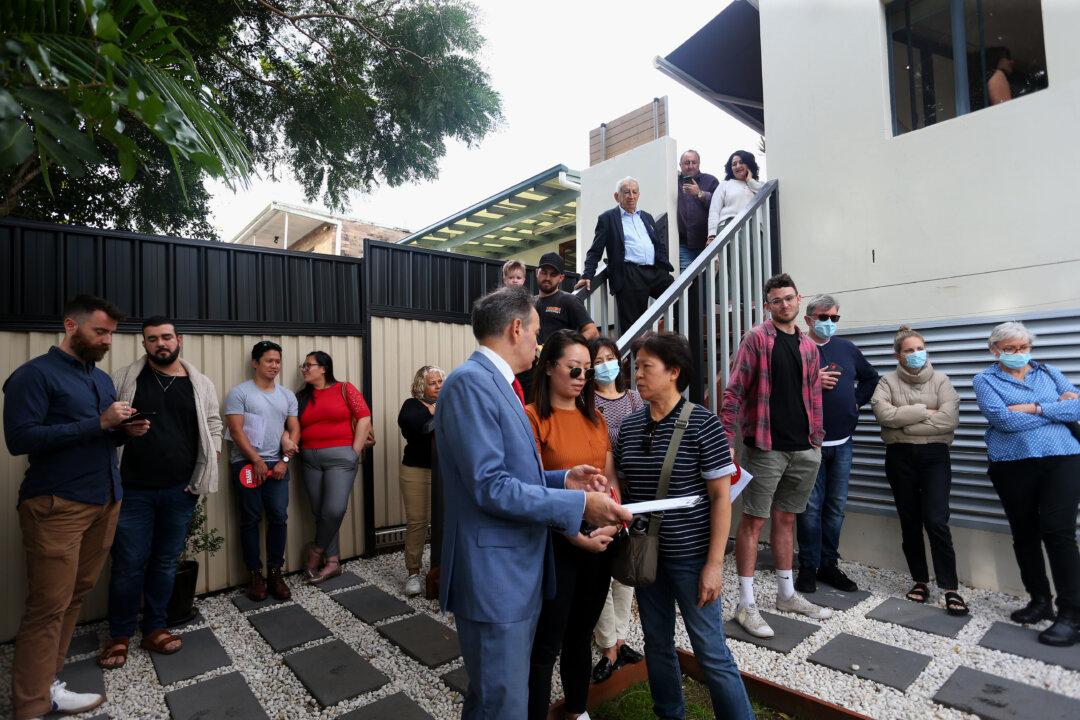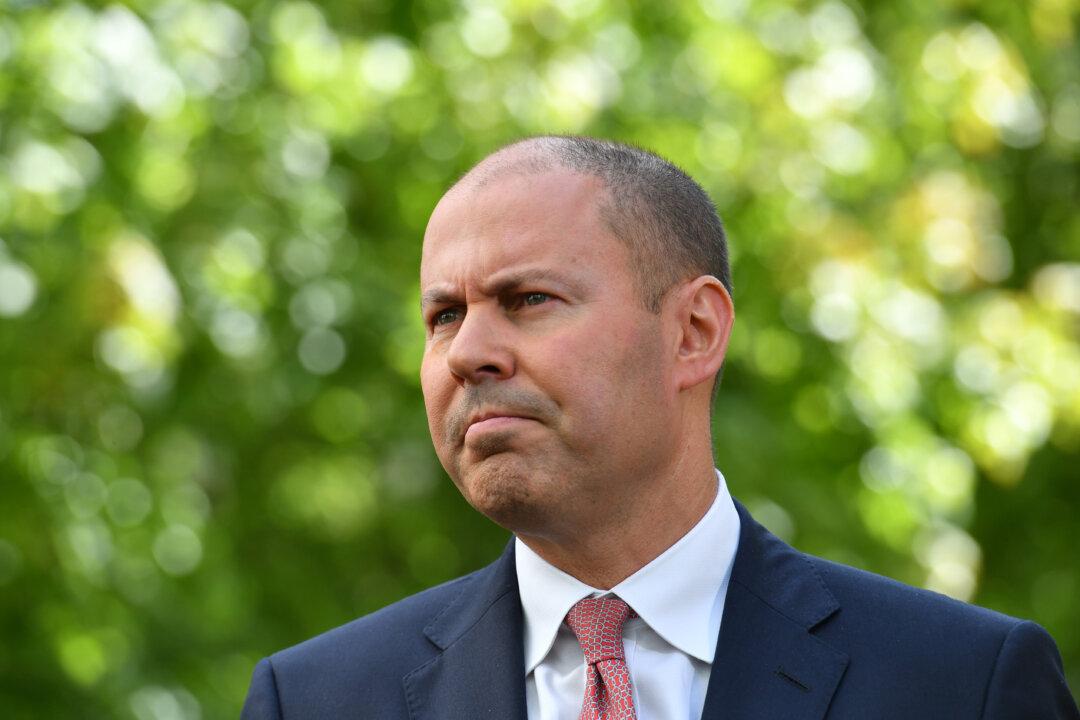Employers are still offering decent salaries to attract new recruits, but the slowing pace of growth in advertised pay provides further evidence of a cooling jobs market.
Advertised salaries as measured by employment marketplace Seek climbed 4.4 percent in the year to January.





